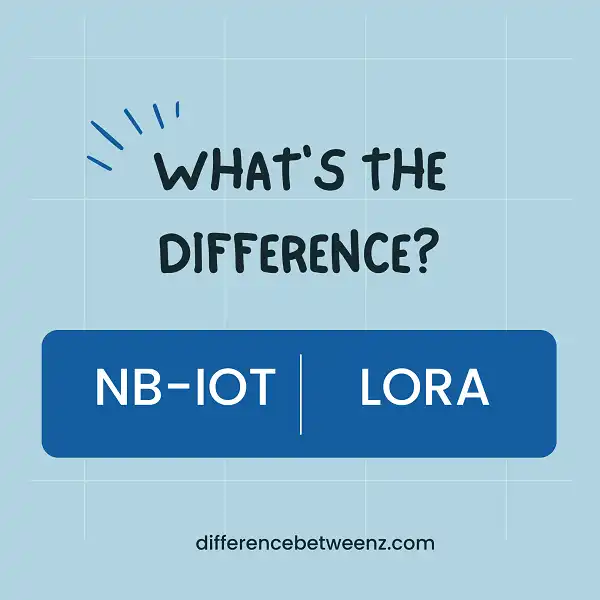Both NB-IoT and LoRa are technologies that enable low-power wide-area networking (LPWAN), but there are some key differences between the two. Let’s take a closer look at what these differences are, and how they can impact your decision about which technology to choose for your next IoT project. NB-IoT is a standard developed by 3GPP, while LoRa is a proprietary technology owned by Lorawan. NB-IoT has been around longer and is therefore more widely adopted. It offers higher data rates and better coverage than LoRa, making it a better choice for applications that require high throughput or reliable coverage.
What is NB-IoT?
NB-IoT is a new radio technology that has been developed specifically for use in the Internet of Things (IoT). It is a low-power, wide-area (LPWA) technology that operates in a licensed spectrum, and is designed to be highly scalable and efficient. NB-IoT is compatible with existing LTE networks and can be deployed using both in-band and stand-alone configurations.
NB-IoT offers several advantages over other IoT technologies, including low cost, long battery life, and good coverage. It is also efficient in terms of spectral efficiency and bandwidth utilization. As a result, NB-IoT is well suited for a variety of IoT applications, such as smart meters, asset tracking, and industrial monitoring.
What is LoRa?
LoRa is a wireless communications technology that uses a modulation technique known as Chirp Spread Spectrum (CSS) to allow for the long-range transmission of low-power signals. LoRa is designed for use in unlicensed spectrum and can operate in both the sub-gigahertz and 2.4 GHz bands. LoRa has been deployed in a number of applications, including smart city infrastructure, asset tracking, and industrial automation.
One key advantage of LoRa is its ability to transmit signals over extremely long distances; in some cases, a single LoRa gateway can cover an area as large as several square kilometers. As the demand for IoT devices continues to grow, LoRa is expected to play an increasingly important role in enabling connectivity for a wide range of new applications.
Difference between NB-IoT and LoRa
NB-IoT and LoRa are two popular low-power wide-area networking (LPWAN) technologies. Both technologies are designed for IoT applications that require long-range communications with low power consumption. NB-IoT is a cellular technology that uses existing mobile networks, while LoRa is a proprietary technology that uses unlicensed radio frequencies. NB-IoT offers higher data rates than LoRa, but LoRa has a longer range and better supports battery-operated devices. In terms of deployment, NB-IoT is typically deployed by mobile operators, while LoRa can be deployed by any organization.
Conclusion
NB-IoT and LoRa are two types of LPWAN technologies. They have different benefits and drawbacks, so it is important to understand the difference before selecting one for your project. NB-IoT has better coverage and lower latency, but LoRa is more power efficient.


